Review and Analysis of La Sportiva Olympus Mons CUBE
Update (June 2020)
I updated the website with new information on how CUBE did during my 2020 winter expeditions. In short, it again excelled during all activities, and it enabled two new first winter ascents of two “coldest mountains of Siberia”, nearby Oymyakon and Verkhoyansk; more info below.
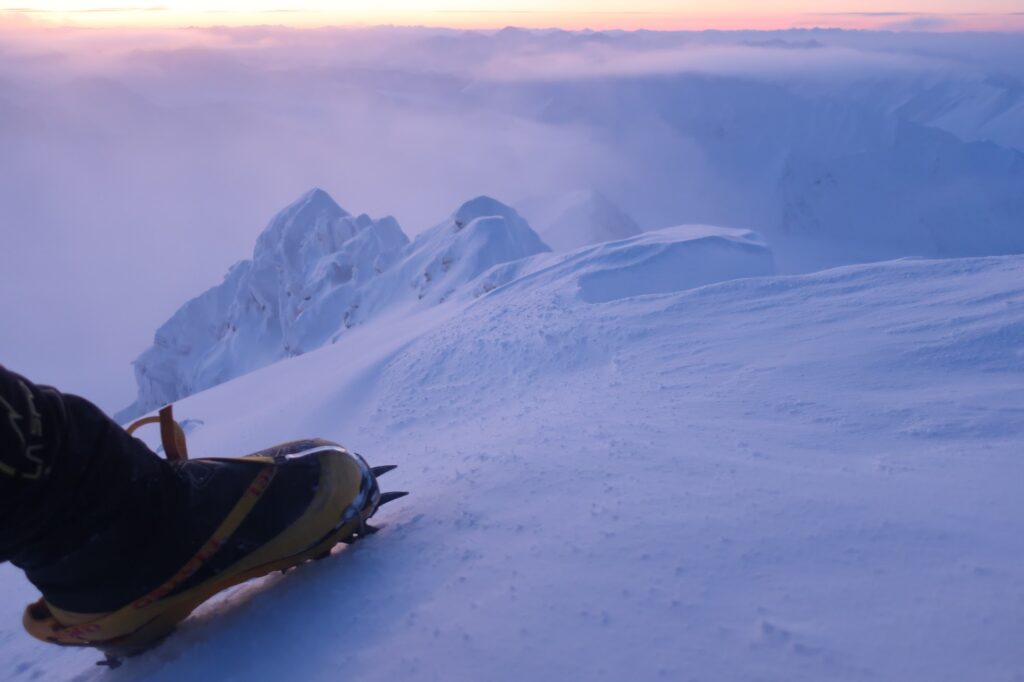
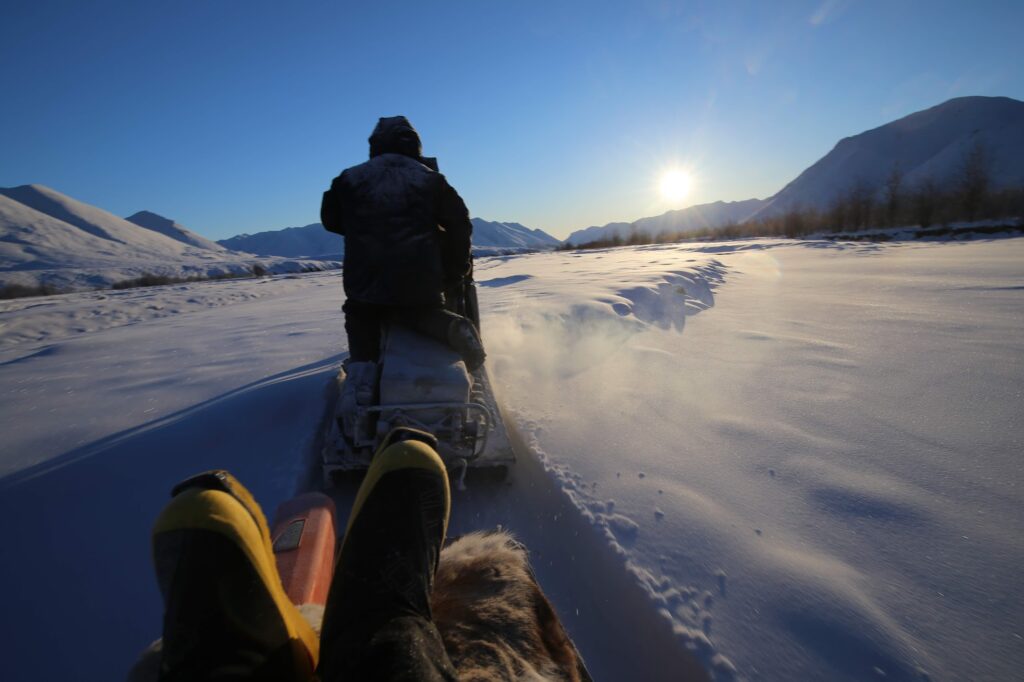

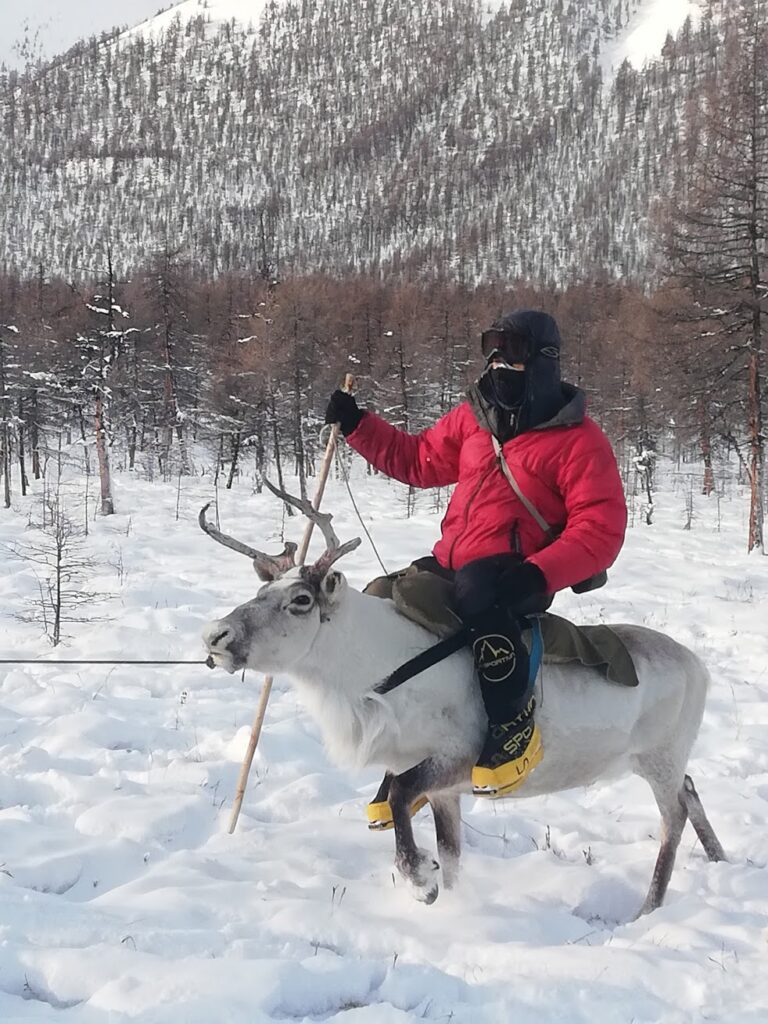
Introduction
Olympus Mons CUBE is a novel mountaineering boot introduced by La Sportiva in 2019, as a successor of the well-known and established Olympus Mons. Among its key innovations and enhancements over the predecessor are (1) lower weight, (2) more warmth, and – most interestingly – (3) the addition of attachment points at toes for technical ski bindings, enabling using the boot in combination with bindings such as Trab TR2 or Dynafit TLT Superlite.
I received a pair of these boots from La Sportiva to conduct a test during one of my winter expeditions to the mountains of Siberia (a great thank you to the La Sportiva folks). In this report, I provide an overview of the outcome of the test. I also discuss what is – in my view – the best use case for these boots and why they open up new perspectives in the context of the exploration of cold mountains.
More technical information is available under the following links:
http://www.mountainblog.eu/product/la-sportiva-olympus-mons-cube-winter-2019-20/
https://trailrunningspain.wordpress.com/2019/02/08/olympus-mons-cube-by-la-sportiva-alongside-vibram-the-best-product-for-mountaineering-at-ispo-2019/
https://blog.weighmyrack.com/la-sportiva-olympus-mons-cube-details/
https://basecampmagazine.com/2019/02/16/la-sportiva-olympus-mons-evo-cube/
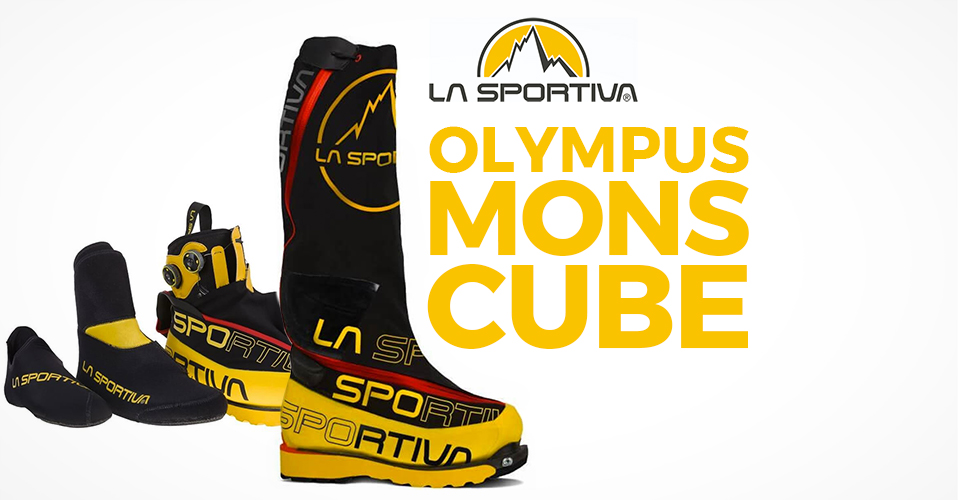
Test Locations and Other Details
I tested the boots during a winter solo expedition to Momsky Mountains in 2019, a large mountain range in Yakutia. The expedition combined the elements of winter mountaineering, winter climbing, and winter polar exploration, with extremely cold temperatures. Some highlights:
- The first winter ascent (January) of the highest (unnamed) peak in Momsky Mountains (Yakutia); the altitude of the peak is 2480m.
- A solo climb.
- It was also probably the first winter exploration of the only glaciated part of the Momsky Mountains.
- Temperatures in valleys: down to -55 C. Temperatures while climbing: down to -40 C.
- I climbed the peak through its north-east face; the climb was somehow technical (slopes up to ≈60 degrees).
Photos and more information on the expedition can be found here.
Moreover, I used CUBE also during my both 2020 winter expeditions, to the coldest mountain ranges of the whole Siberia: Suntar-Khayata Range and Verkhoyansk Range. CUBE did great in both expeditions. All the information is here (Suntar-Khayata Mountains Expedition) and here (Verkhoyansk Mountains Expedition).
Pros and Advantages
Let us start with the iteration of the most important advantages:
- Warm. Despite having temperatures of down to -55 C, the boots provided enough warmth for any type of activity. I never felt cold while climbing, traversing glaciers, etc. On top of that, I had to spend several days on Russian snow mobiles, approaching a remote valley with the peak I wanted to climb. Even when sitting motionless for several hours in such temperatures, the boots kept enough warmth to avoid being forced to pay special attention to the condition of my feet.
- Comfortable. I never had blisters and any other trouble with the general comfort of utilization.
- Simple and easy to use in the field conditions. The boa system works great in that simplifies the everyday expedition routine. Moreover, no special issues with zipping up or anything else.
- Lightweight. The boots are lighter than their predecessor while enabling more features and being warmer.
- Enabling new possibilies. The biggest advantage of these boots – in my opinion – is the fact that they open up new perspectives in the exploration of very cold mountains. I provide more details on this particular point in the next sections.
Best Use Cases and Opening News Possibilities
First, the boot is an enhanced successor of the Olympus Mons: it does come with lower weight and more warmth. Thus, its first natural environment are high-altitude mountaineering activities.
Second, the attachment points for ski bindings mean that one can use skis with technical bindings in combination with these boots. This is a game changer for the winter exploration of some of the very cold mountain ranges, such as the mountains in Siberian Arctic and Subarctic that I visit regularly.
Why is it so? What do you need to explore such cold mountain ranges?
These mountains require a certain unique set of things that is basically impossible to find if not for the Olympus Mons CUBE. Let me iterate point by point:
- Due to the extreme continental climate and some other specific Siberian conditions (very little wind in most (but not all) places), the snow in valleys leading to the mountains is almost always very dry and very sandy (except for the highest parts of glaciers, ridges, etc.). Using snowshoes is such conditions is at best suboptimal – they are usually cumbersome – they sink deeply and you get tired very quickly. The bottomline is that you need skis to move as efficiently and safely as possible, and CUBE enables that. First – you get less tired. Second – you move faster. Remember, it is usually -50 C in these places at this time of the year, and the sunlight lasts for at most 6-7 hours.
- Once you arrive at a mountain, you usually have to climb a route which may have been climbed in summer once or twice, but usually was not climbed at all. Thus, you need secure boots that has capability to climb a technical and unexplored route. Again, CUBE enables that. You can detach your skis and attach crampons, and push for the summit.
- It is never enough to underline the most important aspect once more: all the above is done in very hostile conditions: below -50 C, little sunlight, etc. Thus, you want to move as fast as possible. CUBE enables this on several levels. First, the boot itself is lightweight. Second, equally importantly, the toe ski bindings enable using ultralight ski bindings such as Dynafit TLT Superlite. This enables even more weight reductions. Third, the technical profile of the boot enables fast and efficient climbing of almost any route you can think of climbing in these conditions.
The bottomline is that Olympus Mons CUBE significantly facilitates not just high-altitude mountaineering but also “polar mountaineering” – exploring and climbing very cold mountain ranges, especially those in polar and subpolar regions – see the following picture:
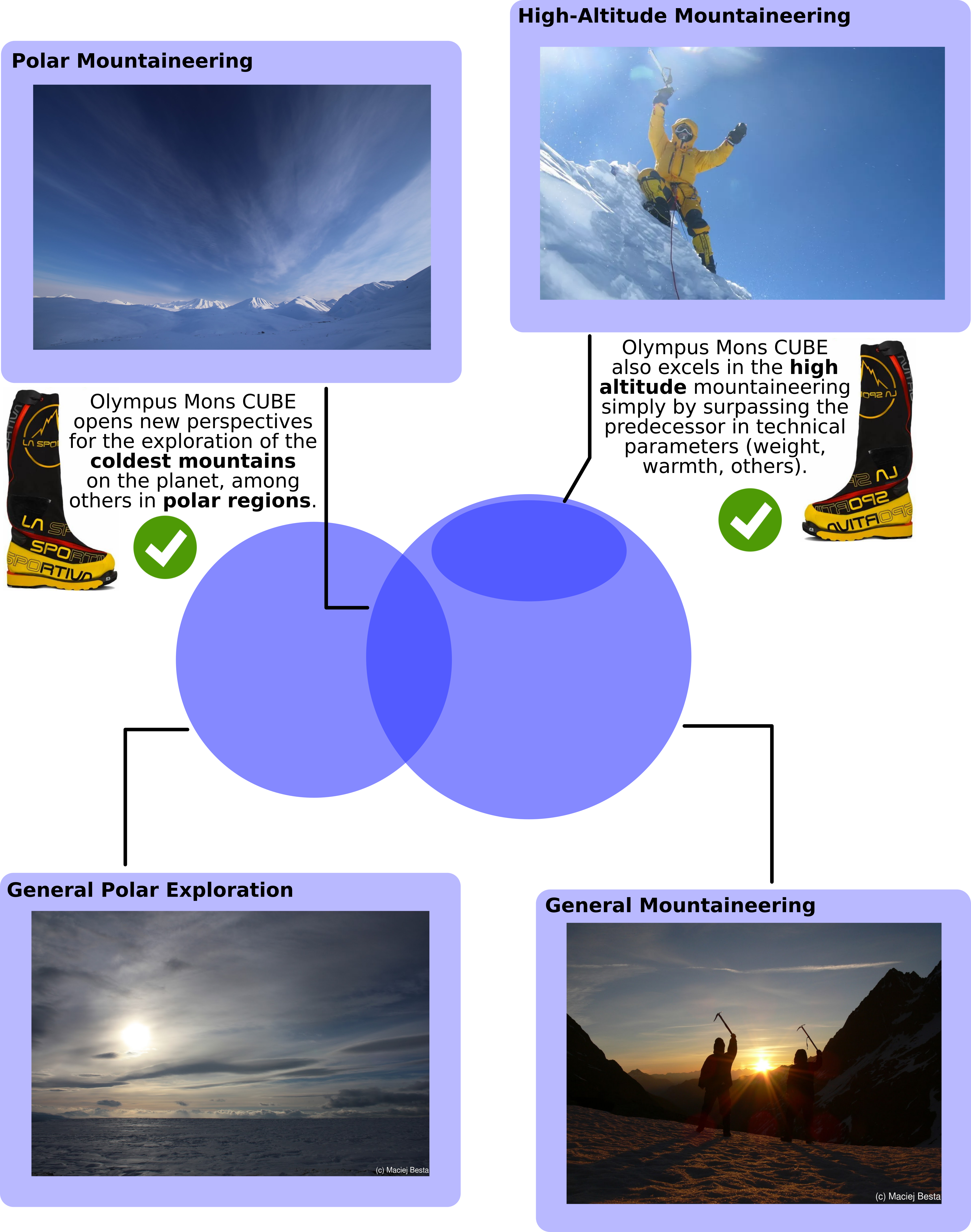
Comparison to Other “Moving Systems”
In my opinion, the best way to use Olympus Mons CUBE is in combination with ultralight technical ski bindings such as Dynafit TNT Superlite and lightweight skis such as Volkl touring skis. These items weight very little, further enhancing the chances to climb the summit by reducing weight significantly compared to others. However, there are other ways that enable approaching and climbing very cold mountains. I now discuss why these systems are – in my view – inferior to a combination of CUBE + ultralight technical bindings.
- Snowshoes + any high-altitude warm boots. I described this above – using snowshoes is cumbersome and suboptimal in many places because you almost always move slower than on skis. Moreover, snowshoes will sink deeper in the sandy dry snow of subarctic Siberian mountains, making you tired much faster.
- Skis + polar ski bindings + any high-altitude warm boots. Instead of technical bindings such as Dynafit TLT, one could think of using traditional bindings used on polar expeditions, such as Icetrek Flexi Ski bindings, that fit boots without attachment points for technical bindings. This system has several issues in the context of polar mountaineering: (1) these bindings are heavier than ultralight technical bindings, and (2) these bindings are optimized for soft boots used on flat polar surroundings, and not for approaching technical peaks in very cold conditions where terrain can get somehow steep.
- Skis + technical ski bindings + technical ski boots + neoprene overboots. One can also use technical ski boots combined with overboots, for example those manufactured by the “Forty Below”. Considering the fact that most technical ski boots are fully stiff and not dedicated to extreme temperatures, the thin layer of external neoprene in overboots is in my view not enough for proper insulation for extreme-winter conditions in polar and subarctic regions.
Comparison to Other High-Altitude Boot Models
There are many available comparisons on the Internet, so let us just take a look at the weight comparison to other models:

Comparison to “Polar Exploration” and Extreme Winter Boots
There are many boots designed specifically for polar (and extreme winter) exploration. There are several classes of such boots, including:
- Boots dedicated to long ski polar traverses,
- Boots dedicated to general extreme polar and winter expeditions,
- Boots dedicated to fierce (but not necessarily fully polar) conditions.
Below, I provide a respective comparison. In general, the conclusion is that Olympus Mons CUBE is the only boot that:
- is dedicated to wearing automatic crampons,
- has a sole stiff enough for technical climbing,
- is compatible with technical alpine ski bindings (attachments at toes).
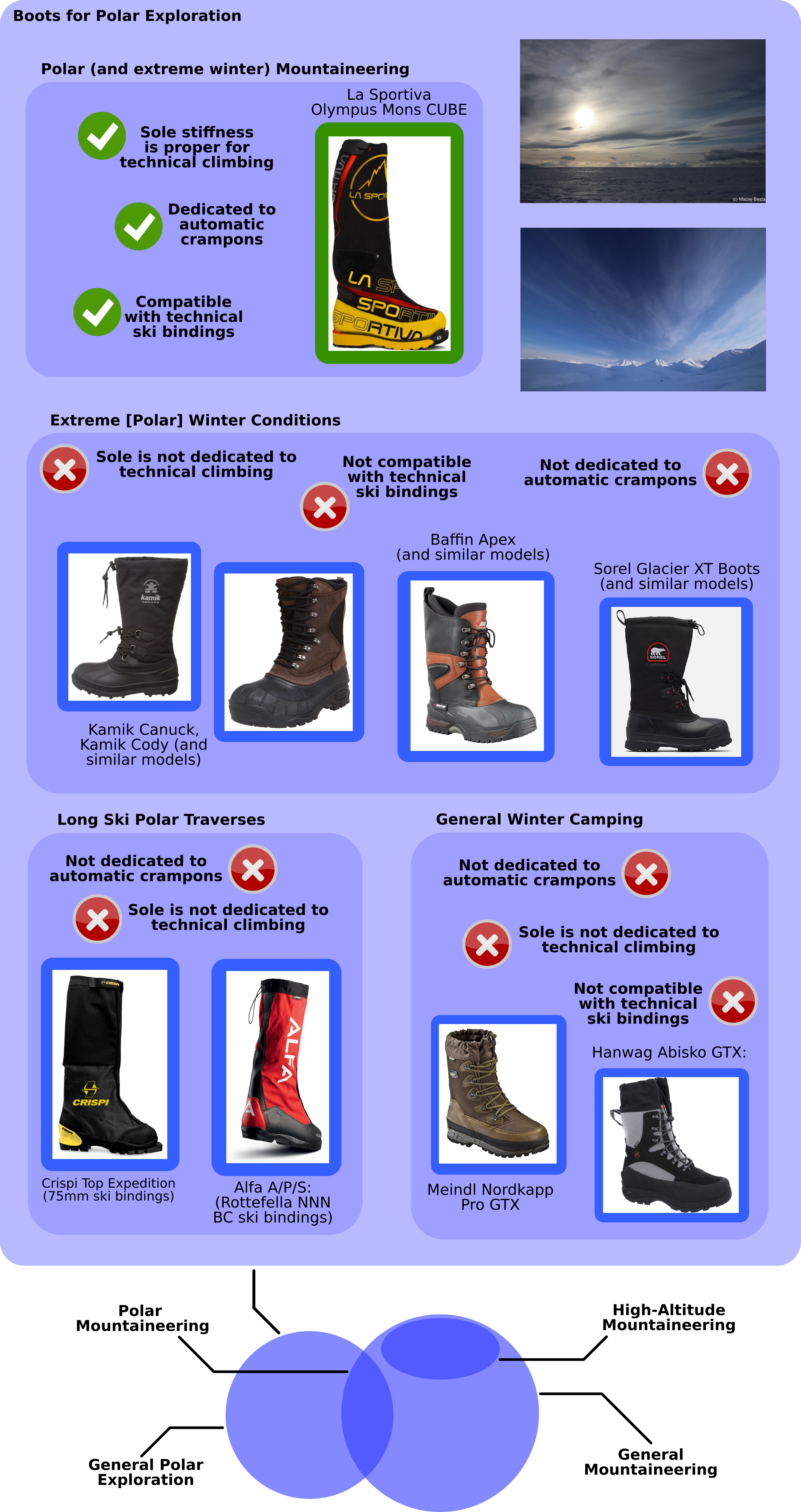
No Downhill Skiing – Is This A Real Limitation?
Olympus Mons CUBE does not provide ski bindings at heels. Thus, it is not dedicated to skiing down the slopes. Is this a real limitation? Here, I argue why it does not necessarily pose limits to extreme winter mountaineering.
- At -50 C, especially in dry conditions, it is too cold to effectively ski down. Normally, skiing down is enabled by a thin layer of melting snow right below skis, generated by the pressure from above. Below around -30 C, this process stops to take place.
- Approaching peaks is usually done on glaciers or mild slopes. In my experience, in such surroundings, getting back to the camp on skis can be done fast and efficiently without skiing down at full speed.
Limitations
Finally, when not to use Olympus Mons CUBE? The answer is simple – if you want to conduct any type of extreme winter or polar activity when mountains are not involved, then other available boots (see above) may be better. However, for anything related to mountaineering in extreme temperatures, CUBE will work great.
Summary:
La Sportiva Olympus Mons CUBE are in my view the best boots for general exploration of any type in very cold mountain ranges.
Gallery: